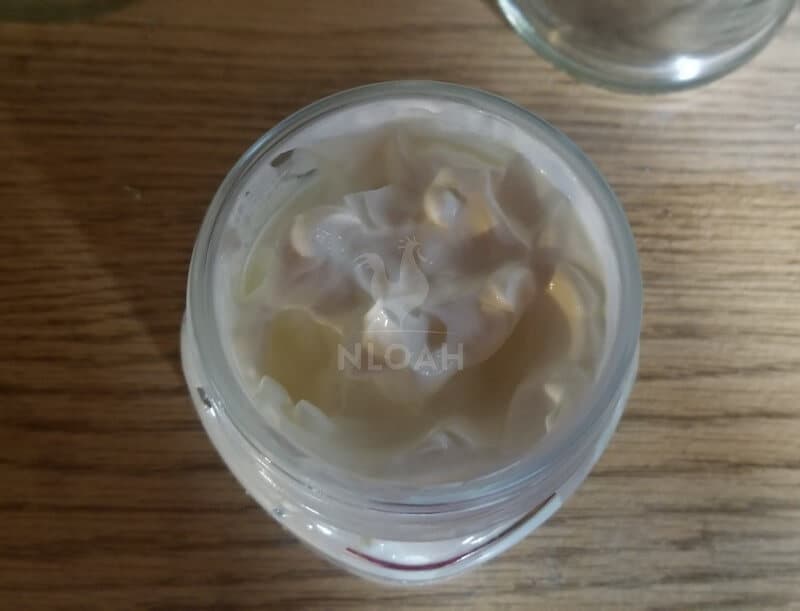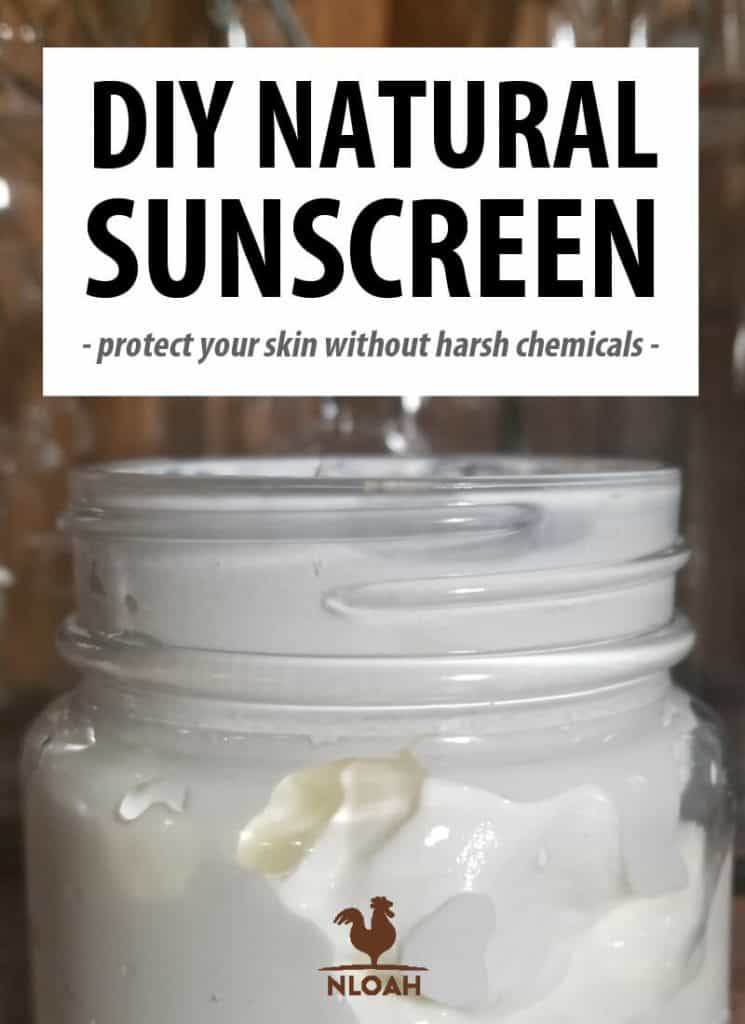I can clearly remember being a little girl and my mother slathering sunscreen on the skin of my sisters and I. All of us had, and continue to have, very fair skin so sunscreen was very important.
Honestly, though, even if you have darker skin that doesn’t burn as easily, you should still protect yourself from the sun’s harmful UV rays.
Anyway, I can recall the sunscreen my mom used on us kids as smelling really bad and burning when it got into our eyes. After splashing around in the water for awhile we had to endure the whole ritual again. I think my mother spent more time putting sunscreen on the 5 of us than she did enjoying the pool.
Speed ahead some years…now I’m the mom. I have always been consistent with using sunscreen on my children. I’ve tried out thick creams, lotions, and sprays. The sprays have been by far the worst for the health because kids tend to inhale them. Not good! No child needs a lungful of sunscreen.
Many sunscreens out there are loaded with harmful additives and chemicals that can actually make a person more susceptible to skin cancer…the very thing it is supposed to defend you against.
According to the Environmental Working Group (EWG) there are some ingredients in mainstream sunscreens that are really awful for your health. Let’s take a look at a few of them…
- Oxybenzone – A widespread ingredient in U.S. sunscreens. It is detected in almost every American and found in breast milk. Is a known hormone disruptor and is known to cause skin allergies.
- Octinoxate – A known hormone disruptor which has shown to impact the thyroid and alters behavior in animal studies.
- Homosalate – Known to disrupt estrogen, androgen, and progesterone.
These are the chemicals with the most severe effects on health. Hormonal and endocrine disruption is no joke and shouldn’t be taken lightly. It’s a shame to think that we are applying sunscreen to protect ourselves and what it is doing to us internally is the exact opposite.
So, basically, it is worth making your own sunscreen. However, you have got to know your ingredients and which ones work and which do not. Even though mainstream sunscreens contain poisonous chemicals they keep you from getting sunburnt. You want to be sure the natural sunscreen you are constructing offers you the same level of protection.
Without further ado…

RECIPE FOR NATURAL HOMEMADE SUNSCREEN
Ingredients
- Double-boiler
- Face mask
- 8 oz. glass jars
- 3 oz. coconut oil
- 2.5 oz. sweet almond oil
- 1 oz. beeswax pastilles
- 1 oz. shea butter
- 1.5 oz. zinc oxide
- ½ tsp. vitamin E
Directions
- Get a pot of slightly simmering water going on the stove. The water should be shallow.
- Place all the ingredients into the bowl, except zinc oxide, and place bowl over the simmering water. Stir the contents until they begin to melt and mix together.
- Remove the bowl from the pot and wipe off all condensation. You do not want any water getting into the sunscreen.
- Next, add the zinc oxide to the mix. You will want to wear your face mask or cover your face with your t-shirt during this step. Inhaling hot zinc oxide is not fun.
- Whisk the sunscreen until all the zinc oxide is evenly incorporated.
- Carefully pour the sunscreen into your glass jars and leave it to sit a few minutes to set up. Place lids on the jars
- Store in a cool, dry place.
Apply the sunscreen at least 20 minutes before sun exposure. If getting into the water, you’ll want to reapply often.
This sunscreen is not a mineral sunscreen and does not contain any toxic waterproofing chemicals. It sits on top of your skin rather than absorbing into it. Frequent reapplication is a must.
Zinc Oxide
Not all zinc oxide is created equally. Most commercial zinc oxides have been crushed to the point of oblivion leaving nothing but tiny particles in the lotion.
These particles are so small they can enter your body through your skin. To get technical, these particles are called “nan0-particles” because they are so small. The FDA does not regulate this.
The type of zinc oxide I want you to use in this DIY sunscreen should not be micronized. You should end up with a thick, soft, buttery sunscreen that melts into your skin. Many commercial sunscreens are watery, and this is due to zinc oxide nano-particles.
SPF (Sun Protection Factor)
In order to be able to tell the SPF of this DIY sunscreen you would need some pretty scientific equipment in your kitchen. Since most of us do not have that luxury, we have to research and guestimate what the SPF of this product would be. I feel it is safe to say that your DIY sunscreen should be at least 20 SPF due to the 20% of zinc oxide used.
Here is a little guide:
• SPF 2-5: 5% zinc oxide
• SPF 6-11: 10% zinc oxide
• SPF 12-19: 15% zinc oxide
• SPF 20+: 20% zinc oxide
Studies have shown that any SPF over 35 really don’t absorb any more UV rays. An SPF of 34 absorbs approximately 97%.
FAQs
Will this sunscreen turn my skin white?
Nope! At first, when you apply it to your skin it will appear a little white but as you work it in the white hue goes away.
How long will the sunscreen last?
Because this sunscreen contains vitamin E, which is an excellent stabilizer, it should last about 6 months in a cool, dark place. You can extend the life of the sunscreen even more by keeping it in the fridge. You’ll know if the product has gone bad if it starts to smell funny.
Remember, apply this DIY sunscreen generously and often for optimal skin protection.

Jessica Faidley is a stay-at-home, work-from-home, homeschooling mom who loves to teach her children how to live off the land.
Herbalism is another topic that Jessica has studied. Keeping herself and her family healthy through a natural approach is her way of doing things.
